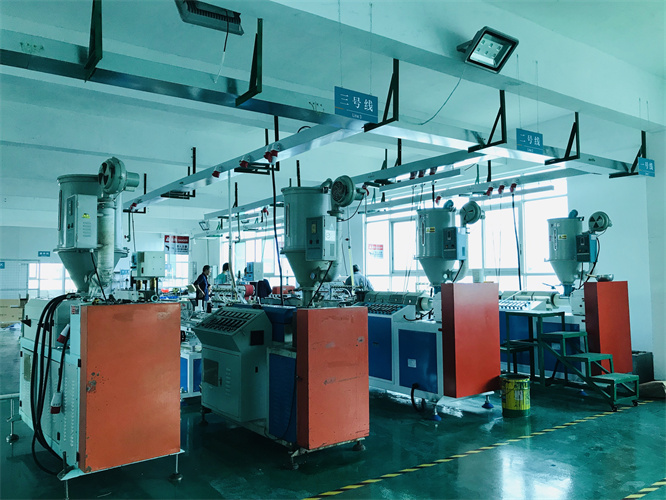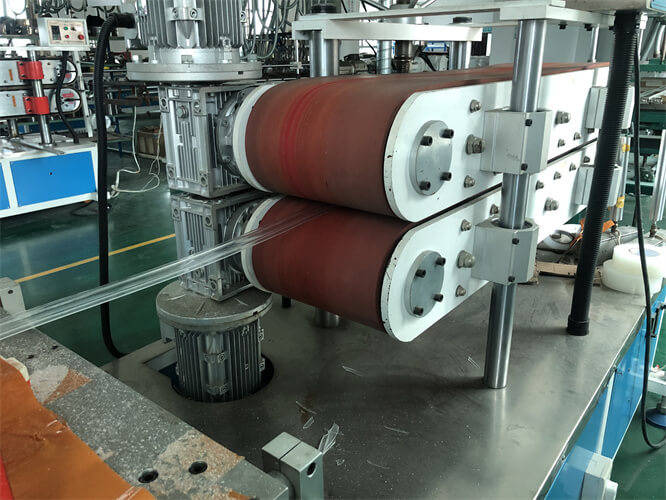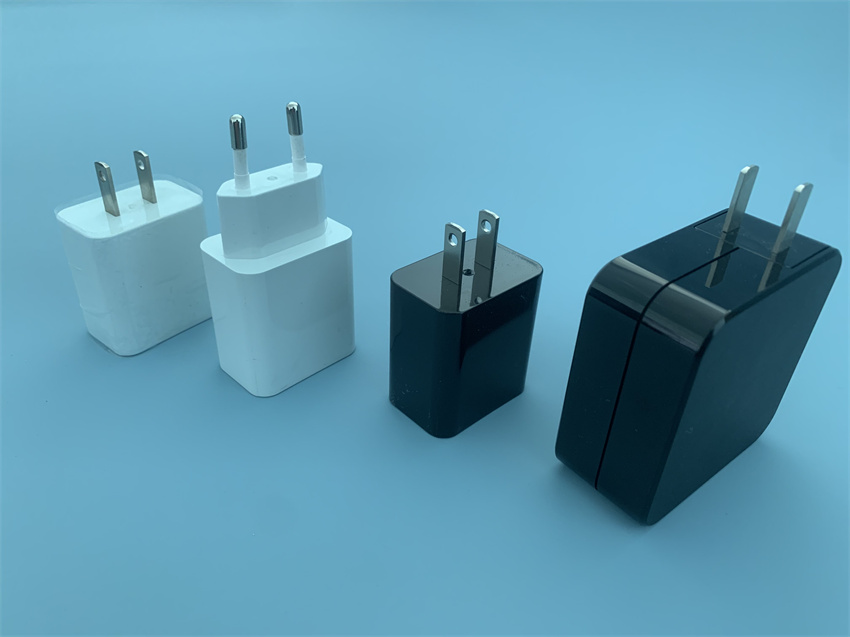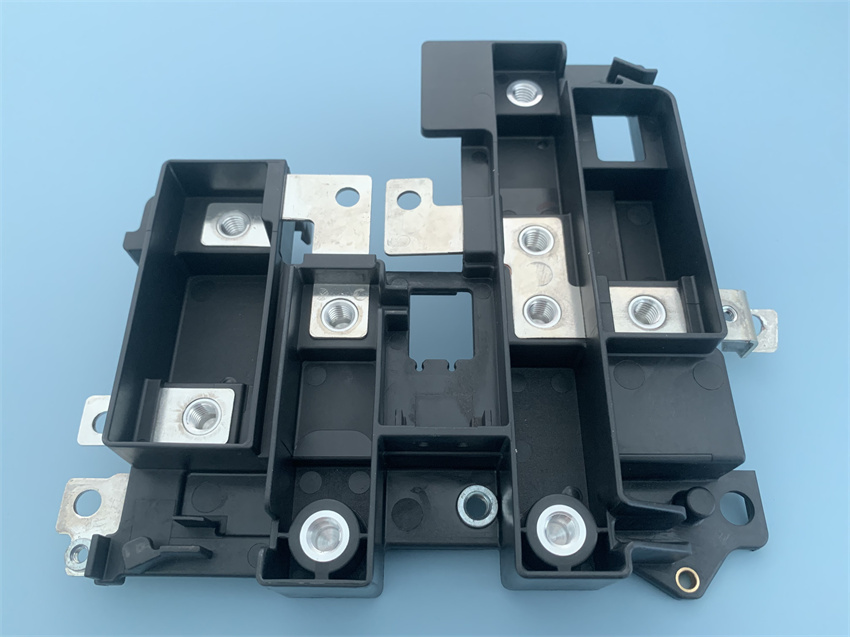When it comes to manufacturing plastic parts, there are many different methods available. Two popular methods are extrusion molding and injection molding. While these methods have some similarities, there are also many differences that can impact the final product. In this article, we will explore the differences between extrusion and injection molding, and the applications for each.
Extrusion Molding
Extrusion molding is a manufacturing process used to create long, straight or curved plastic products with a consistent cross-section such as tubing, pipes, and railings. This process involves heating plastic pellets and forcing them through a die to create a continuous profile. The extruded plastic then passes through a cooling system, which further solidifies the plastic. Extrusion molding is commonly used to create products in large quantities.


Types of materials used in extrusion molding: Various types of plastic can be used in the extrusion molding process, including PVC, polyethylene, and polypropylene. Other materials such as metals and ceramics can also be extruded, although the process may differ from the traditional plastic extrusion process.
Advantages of extrusion molding:
Cost-effective: Extrusion molding is a cost-effective way to produce plastic products in large quantities.
Consistent cross-section: The extrusion process ensures that the final product has a consistent cross-section, which is important for certain applications.
Versatile: Extrusion molding can be used to create a wide range of plastic products with varying shapes and sizes.
Automated process: Extrusion molding can be automated, which allows for efficient and consistent production.
Sustainable: Extrusion molding can be a sustainable manufacturing process if recycled materials are used.
Limitations of extrusion molding:
Limited shapes: Extrusion molding is limited to creating products with a consistent cross-section, which means that more complex shapes may not be possible.
Size limitations: The size of the extruded product is limited by the size of the extrusion machine and the die.
Surface finish limitations: The surface finish of extruded products may not be as smooth as other molding processes.
Die costs: The cost of designing and fabricating the die can be expensive, particularly for smaller production runs.
Overall, extrusion molding is a versatile and cost-effective way to create plastic products with a consistent cross-section in large quantities. While there are some limitations to this process, it remains an important manufacturing method in a variety of industries.
Injection Molding
Injection molding is a manufacturing process used to create plastic products by injecting molten plastic material into a mold. The process begins with plastic pellets being fed into a hopper, which then feeds the pellets into a heated barrel. The pellets are heated and melted, and then injected into a mold cavity using a plunger or screw. Once the plastic has cooled and solidified, the mold is opened and the finished product is ejected.


Types of materials used in injection molding: A wide range of materials can be used in injection molding, including thermoplastics such as ABS, polycarbonate, and nylon, as well as thermosetting plastics such as phenolic and epoxy resins.
Advantages of injection molding:
High precision and repeatability: Injection molding can produce high-precision, complex parts with a high level of repeatability.
Versatile: Injection molding can be used to create a wide range of products of different shapes and sizes.
Fast production times: Injection molding can produce large quantities of parts in a short amount of time, making it a highly efficient process.
Consistent quality: Injection molding produces parts with consistent quality and repeatability, reducing the need for additional quality control processes.
Cost-effective: Injection molding can be a cost-effective manufacturing process for high-volume production runs.
Limitations of injection molding:
High tooling costs: The cost of designing and fabricating the mold can be expensive, particularly for smaller production runs.
Limited flexibility: Once the mold is designed, it cannot be easily changed, limiting the flexibility of the process.
Design limitations: Injection molding is best suited for parts with a uniform wall thickness, making it less suitable for complex designs.
Material limitations: Injection molding is limited to using materials that can be melted and injected, limiting the range of materials that can be used.
Overall, injection molding is a highly efficient and versatile manufacturing process that can produce high-quality, complex parts in large quantities. While there are limitations to the process, it remains an important method for producing plastic products in a wide range of industries.
Differences Between Extrusion and Injection Molding
Extrusion molding and injection molding are two common methods used in the production of plastic products. While they share some similarities, there are also important differences between the two processes.
Comparison of the processes: Extrusion molding involves the feeding of plastic material through a heated barrel and forcing it through a die, while injection molding involves melting plastic material and injecting it into a mold cavity. The primary difference between the two processes is the way in which the plastic material is introduced into the mold.
Extrusion molding is a continuous process, with the plastic material being fed into the machine and extruded through the die to create a continuous length of the product. Injection molding, on the other hand, involves the creation of discrete parts that are produced one at a time.
Comparison of the materials used:Both extrusion and injection molding can use a wide range of materials, including thermoplastics and thermosetting plastics. However, some materials are better suited to one process than the other. For example, extrusion molding is often used for producing products with a continuous length, such as pipes and tubing, while injection molding is better suited to creating discrete parts with complex shapes.
Comparison of the advantages and limitations:Extrusion molding has several advantages, including the ability to produce long lengths of product, a high level of efficiency, and the ability to produce products with a uniform cross-section. However, it is not well-suited to producing complex shapes, and may not be as cost-effective as injection molding for smaller production runs.
Injection molding, on the other hand, is well-suited to producing complex shapes, and is highly efficient for large production runs. It can also produce parts with a high level of precision and repeatability. However, the high tooling costs associated with injection molding can make it less cost-effective for smaller production runs.
Overall, both extrusion and injection molding are important methods for producing plastic products, and the choice of which method to use depends on the specific requirements of the product being produced. By understanding the differences between the two processes, manufacturers can make an informed decision about which method to use for their specific production needs.
Applications of Extrusion and Injection Molding
Extrusion molding is often used in industries such as construction, automotive, and marine, where long, continuous profiles are required. Injection molding is often used in industries such as medical, electronics, and toys, where precise, detailed parts are required.
In some cases, a product may require both extrusion and injection molding. For example, a product may require an extruded frame and an injection-molded cover.
Conclusion
Extrusion and injection molding are two popular methods for manufacturing plastic products. Each method has its advantages and limitations, and the method chosen will depend on the specific requirements of the product. By understanding the differences between extrusion and injection molding, manufacturers can choose the best method for their product and ensure a high-quality final product.
If you're considering extrusion or injection molding for your next project, contact us today for a consultation. Our team has years of experience in both methods and can help you choose the best option for your product. Contact us directly for more information.


 简体中文
简体中文
